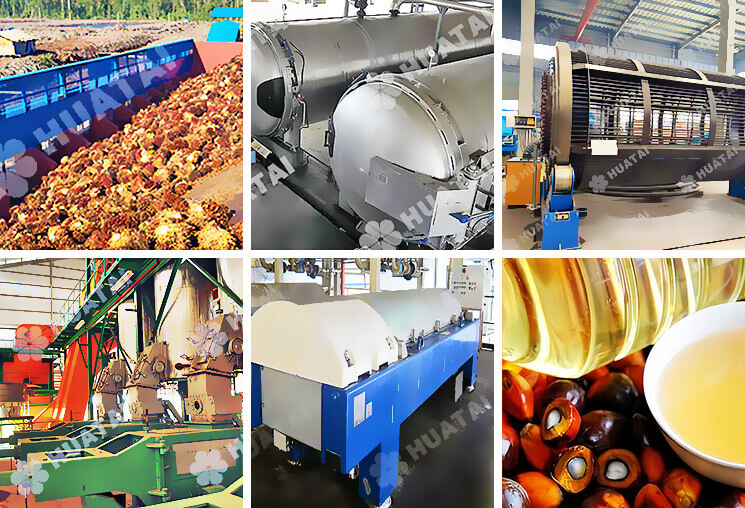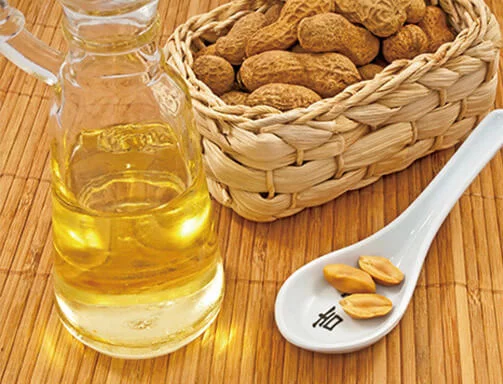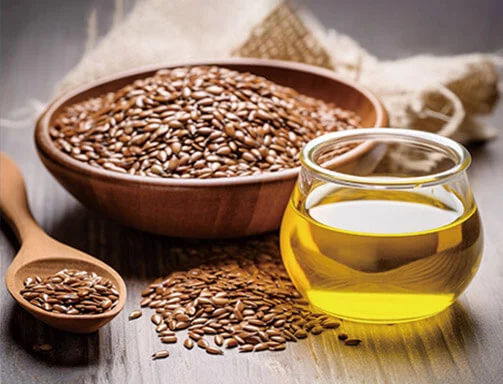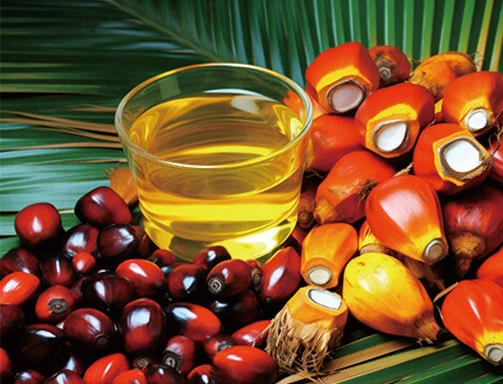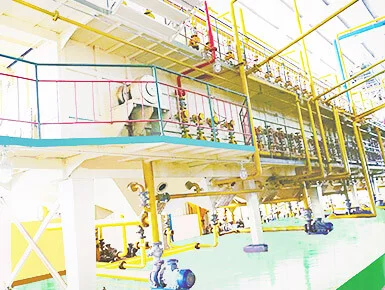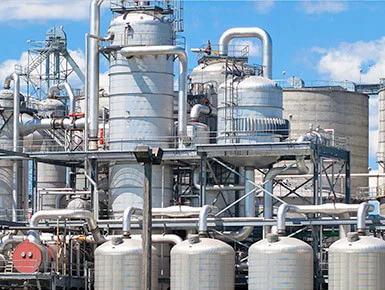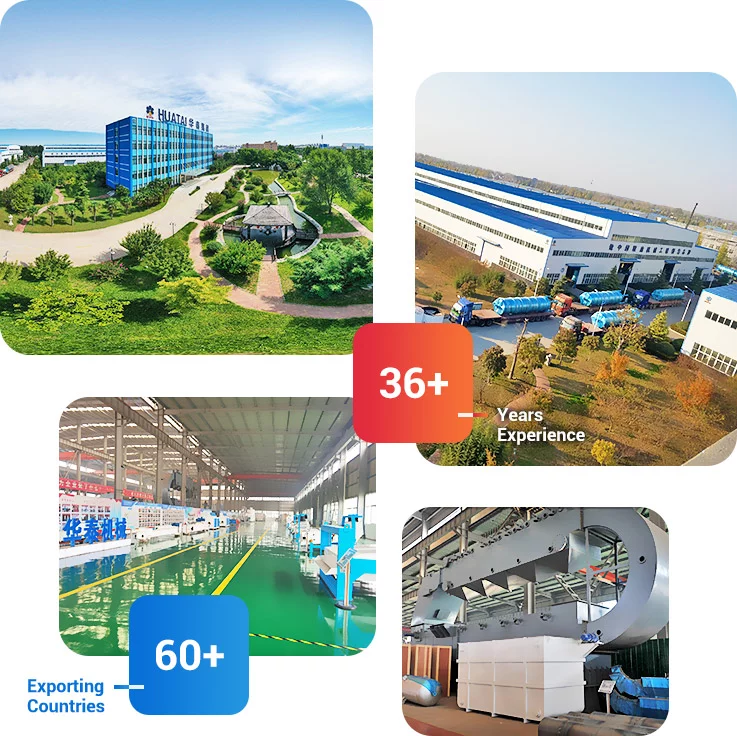![Crude Palm Oil Vs. Refined Palm Oil: Comprehensive Comparison]()
Introduction
Crude palm oil (CPO) and refined palm oil (RPO) are both products of different stages in palm oil production process. They differ significantly in composition, quality, and use.
In this article, I will systematically analyze the essential differences between the two from the following 8 dimensions.
Processing Technology Differences
Crude Palm Oil
Fresh fruit bunches from the oil palm tree are harvested, sterilized with steam to stop spoilage, and pressed to extract oil from the mesocarp—the fleshy part of the fruit. After a quick clarification to remove solids and water, get crude palm oil.
Refined Palm Oil
Refined palm oil is obtained from crude palm oil through a series of refining steps, including: degumming, deacidification, decolorization, and deodorization.
There are two main refining methods: chemical (alkali) refining (using sodium hydroxide) and physical refining (using steam and heat). Physical refining is often preferred for palm oil. Because its eco-friendliness, avoiding chemical waste like soapstock. (Read more about: crude palm oil refining process >>)
![Refined vs unrefined palm oil]()
Comparison of Physical and Chemical Indicators
Now, let’s get nerdy with some numbers. Here’s how crude palm oil and refined palm oil compare physically and chemically:
| Property |
Crude Palm Oil (CPO) |
Refined Palm Oil (RPO) |
| Color |
Reddish-brown (carotenoids) |
Pale-yellow (carotenoids removed) |
| Melting Point |
~35°C |
Varies (olein: 24°C, stearin: 50°C) |
| Density (g/mL) |
~0.929 |
~0.889–0.897 |
| Moisture and Impurities |
0.5-1.5% |
≤0.1% |
| Free Fatty Acids (FFA) |
3-5% (higher, less stable) |
≤0.1%(RSPO Standards) |
| Peroxide Value (meq/kg) |
5-10 (higher, more oxidation-prone) |
≤2 (lower, more stable) |
| Iodine Value |
51-53 |
51-53 |
| Carotenoid Content |
500-2000 mg/kg |
Negligible |
| Vitamin E Content |
High (tocopherols, tocotrienols) |
Reduced |
These differences stem from refining, which purifies RPO but removes some of CPO’s natural properties.
Differences in Ingredient Composition
Crude palm oil and refined palm oil share a similar fatty acid profile but differ in their non-fat components. Both contain about 50% saturated fats (palmitic acid, 44%) and 50% unsaturated fats (oleic acid, 39%; linoleic acid, 10%).
Crude Palm Oil (CPO)
- Rich in carotenoids (beta-carotene, alpha-carotene, lycopene), acting as antioxidants.
- High in vitamin E (tocopherols, tocotrienols), supporting heart health.
- Contains phytosterols and squalene, potentially aiding immunity and skin health.
- Has more FFAs and phospholipids, reducing stability.
Refined Palm Oil (RPO)
- Carotenoids and most vitamin E are removed during bleaching and deodorization.
- Free of impurities like phospholipids, ensuring consistency.
- It may contain trace process contaminants like 3-MCPD esters, formed at high refining temperatures.
- RPO’s refining makes it a purer triglyceride mix, but it loses CPO’s bioactive compounds, which can be a trade-off depending on your needs.
![Crude palm oil and refined palm oil]()
Comparison of Sensory Characteristics
There are also differences between crude palm oil and refined palm oil in terms of color, odor, transparency and taste, as shown in the following table:
| Property |
Crude Palm Oil (CPO) |
Refined Palm Oil (RPO) |
| Color |
Reddish-brown |
Pale yellow or nearly colorless |
| Odor |
Obvious fruity smell |
Odorless or very light oily aroma |
| Transparency |
Turbid with suspended matter |
Clear and transparent |
| Taste |
Astringent, slightly bitter |
Pure without impurities |
Differentiation of Application Areas
The unique properties of crude palm oil and refined palm oil determine their different uses.
Crude Palm Oil
- Biodiesel: High energy content makes it a biofuel favorite.
- Soaps/Detergents: Phospholipids act as natural cleansers.
- Industrial Lubricants: Thick consistency works well here.
- Raw material: For refining into RPO.
Refined Palm Oil
- Food Industry: Frying and baking (thanks to high smoke points), margarine, ice cream, shortening, and confectionery (e.g., chocolate coatings).
- Cosmetics: Lotions, shampoos, lipsticks and personal care products.
- Pharmaceuticals: Neutral base for medications.
Storage and Transportation Requirements
Crude Palm Oil (CPO)
Crude palm oil needs cool, dark storage (below 30°C), giving it a shelf life of 3-6 months. Transporting CPO requires careful handling to avoid spoilage, often in sealed containers. CPO transport in stainless steel tanks (to prevent metal-catalyzed oxidation) to avoid deterioration.
Refined Palm Oil (RPO)
Refined palm oil is stored at a temperature not exceeding 40℃ and has a shelf life of 18-24 months. It is easier to transport and is usually shipped in bulk using common food-grade containers.
![Difference between crude palm oil and refined palm oil]()
Market Value Differences
Economically, RPO typically has a higher market value than CPO. The global palm oil market was worth around $60 billion in 2023, with RPO dominating due to its ready-to-use nature (Business Standard).
Refining adds cost, but RPO’s versatility in food and industry justifies the price. CPO is cheaper and is often used as a raw material for refining. But it’s carving out a niche in health-focused markets for its natural properties.
Health and Safety Dimensions
Health-wise, crude palm oil is a nutritional powerhouse. Its beta-carotene supports vision and immunity, while vitamin E (tocopherols, tocotrienols) offers heart health benefits. However, its 50% saturated fat content means moderation.
Safety is another angle. CPO, being unrefined, may contain natural impurities or toxins if not handled properly, posing minor health risks.
Conclusion
In general, there are many differences between crude palm oil and refined palm oil. Crude palm oil offers raw affordability and natural compounds, while refined palm oil delivers purity and versatility.
Huatai Intelligent Equipment Group has been committed to the manufacture of palm oil production equipment for a long time. If you want to start a palm oil business and want to know more about palm oil refining, welcome to contact us. We have a professional team of engineers who will provide you with professional advice.
References:
![]() Service Coverage
Service Coverage
![]() FAQ
FAQ







